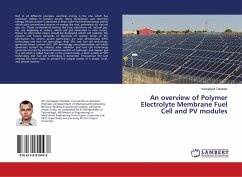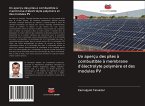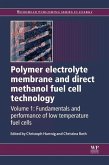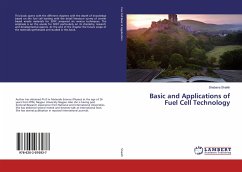Out of all different energies, electrical energy is the one which has maximum utilities in present society. Many equipments uses electrical energy. Electric power is obtained in large scale from thermal power plants which uses conventional sources of energy like coal, petroleum oil, natural gas, etc. These conventional sources like coal, petroleum oil, natural gas, etc. are depleting in nature, which will get exhausted in near future. Hence an alternative means should be developed which will maintain the present and future demands of electricity of society. Some of the alternatives for electric power generation are solar photovoltaic (SPV) technology and fuel cell technology. Both SPV and fuel cell technology generates direct current (DC). SPV technology uses photovoltaic cell which generates current by utilizing solar radiation and fuel cell technology generates current by electrochemical reaction of hydrogen and oxygen gas in a cell which is called fuel cell. In the present book, a brief outline of SPV technology and fuel cell technology is presented. Throughout the text attempt has been made to present the subject matter in a simple, lucid, and precise manner.







